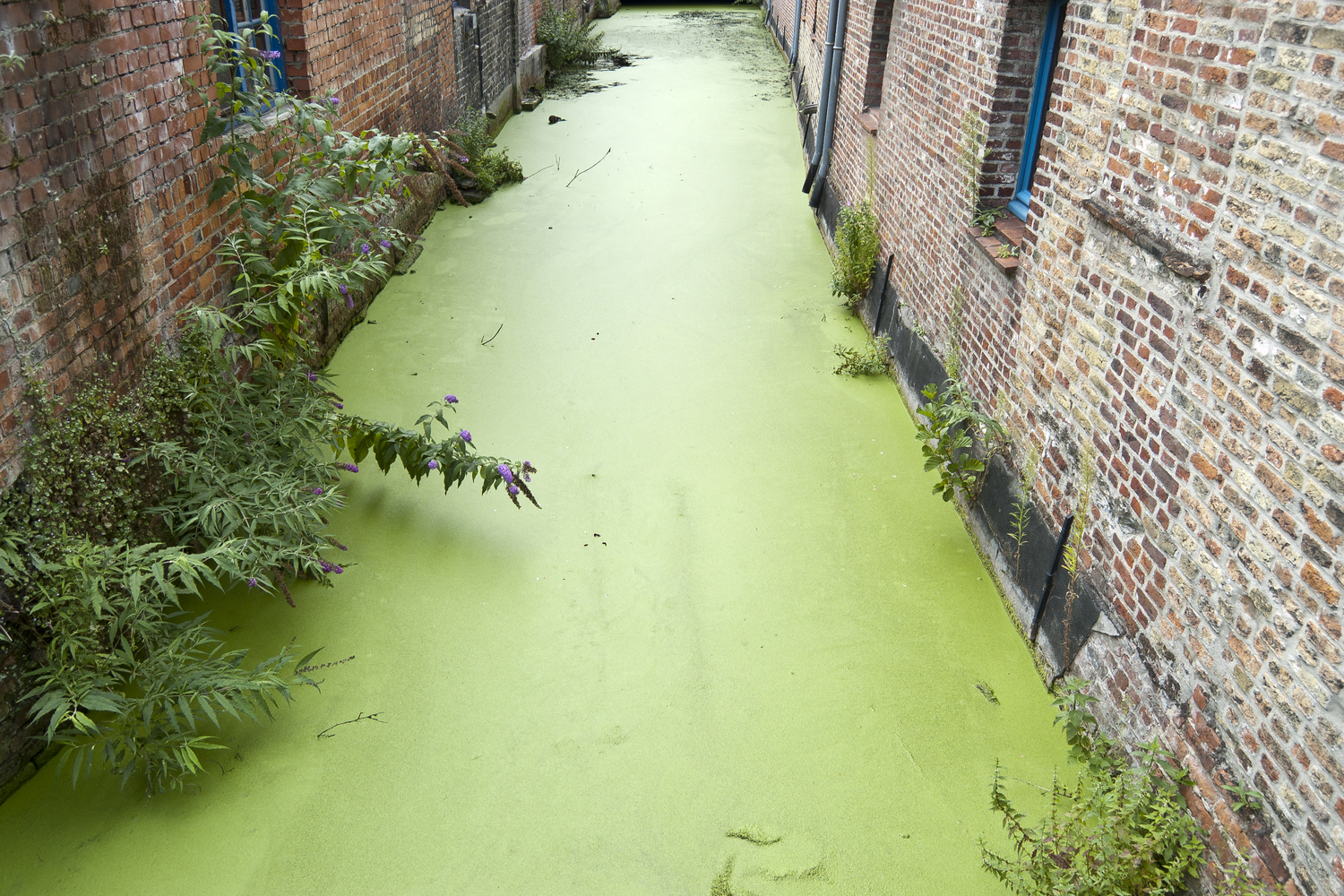Standing water that is left undisturbed for hours or days becomes stagnant. Water becomes stagnant when it has little to no movement or flow. Once this occurs, the water will become a breeding ground for microorganisms that can present many different health risks to both humans and their pets.
Classes Of Water
There are three classes, or categories, of water: clean (category 1), gray, or slightly contaminated (category 2), and black, or highly contaminated and a serious health risk (category 3).
Clean water is water that is released from a plumbing leak or a pipe burst. An example of gray water would be water from a washing machine or a dishwasher, slightly contaminated. Black water is water released from a sewer, a toilet backup, an aquarium, or a lake or river (floodwater).
Risks Associated With Stagnant Water
Stagnant water is considered category 3, black water. It can be the source of many microbial pathogens including bacteria (salmonella and E. coli), viruses (hepatitis E,rotavirus), various parasites, and mold. Because many of the contaminants found in stagnant water are organic in nature, they provide an excellent food source for mold. When clean water is involved, mold can begin to develop in 72 hours. With contaminated stagnant water, mold growth can begin in as little as 24 hours. Stagnant water also attracts disease-carrying rodents and insects.
It also has the ability to affect the structural integrity of the home itself. As stagnant water soaks into building components it can damage wooden floor joists, subfloors and 2x4 studs, drywall, and even degrade concrete.
Getting Rid of Stagnant Water
You should begin the process of removing stagnant water by pumping out as much as possible. Although you may be able to pump the water out onto your lawn, it may be safer for everyone concerned to capture the water and safely dispose of it at a local water disposal facility.
After pumping out as much of the water as you can, any remaining pockets of water need to be vacuumed out. A shop vac can be used but a portable extractor or truck-mounted system will make the job much easier.
After as much water is removed as possible, the affected areas require cleaning, disinfecting, and drying. Restorative drying is a crucial step in finalizing the removal process. If complete drying is performed there is the possibility of higher levels of humidity that may still be present or any moisture that has been absorbed into structural materials to still allow the growth of mold.
Emergency response teams from Water Mold Fire Restoration are standing by to answer your call for help 24 hours a day, 365 days a year . With a single call to 800-905-0277, our certified water damage technicians will be on their way to your home or business and arrive in 60 minutes or less. Our technicians are nationally certified water damage specialists, and are committed to excellent service and to your complete satisfaction. Our initial inspection and estimate is absolutely free of charge or obligation. If you prefer to use email, contact us at help@watermoldfire.net.








